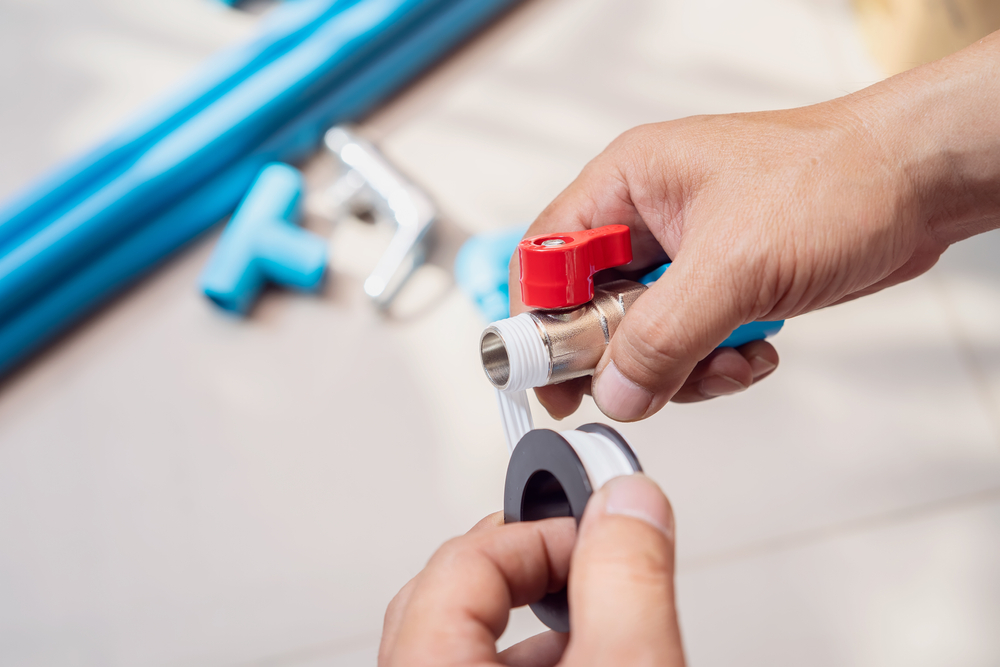What Is the Best Way to Seal a Leak?
When it comes to dealing with leaks in your home, prompt action is key to preventing further damage and costly repairs. Whether it’s a leaky pipe, a dripping faucet, or a crack in your foundation, finding the best way to seal a leak is essential.
Identifying the Source of the Leak
Before effectively sealing a leak, you need to determine the source of the problem. Sometimes leaks are obvious, such as a burst pipe or a dripping faucet, but they can be more elusive at other times. Water stains on walls or ceilings, musty odors, or a sudden increase in water bills can all be signs of a hidden leak.
Once you’ve identified the source of the leak, you can decide on the best method for sealing it. Keep in mind that some leaks may require professional help, especially if they are located in hard-to-reach or difficult-to-repair areas.
Common Methods for Sealing Leaks
There are several methods for sealing leaks, each with its own pros and cons. Here are some of the most common options:
- Epoxy Putty: Epoxy putty is a versatile and durable option for sealing leaks in pipes, tanks, and other surfaces. It can be molded to fit any shape and sets quickly, making it ideal for emergency repairs. However, epoxy putty is not always a long-term solution and may need to be replaced over time.
- Pipe Wraps: Pipe wraps are self-adhesive strips that can be wrapped around leaking pipes to create a temporary seal. They are easy to use and can be effective for minor leaks. However, pipe wraps are not suitable for all types of leaks and may not provide a long-lasting solution.
- Waterproof Tape: Waterproof tape is a flexible and easy-to-use option for sealing leaks in pipes and other surfaces. It can withstand high temperatures and pressure, making it a reliable choice for many types of leaks. However, waterproof tape may not be suitable for very large or severe leaks.
- Sealants: Sealants are liquid or paste-like substances that can be applied to surfaces to create a watertight seal. They are versatile and can be used on a variety of materials, including metal, plastic, and concrete. However, sealants can be messy to apply and may take some time to cure.
- Caulk: Caulk is a flexible sealant that is commonly used to seal gaps and cracks around windows, doors, and other surfaces. It can also be used to seal leaks in plumbing fixtures and appliances. Caulk is easy to apply and can provide a durable seal, but it may not be suitable for all types of leaks.
Choosing the Best Solution for Your Situation
When deciding on the best way to seal a leak, consider the location and severity of the leak, as well as the type of surface you are working with. For example, a small leak in a pipe may be easily fixed with epoxy putty or waterproof tape, while a larger leak in a foundation may require professional intervention.
If you are unsure of the best way to seal a leak or if the leak is extensive or difficult to access, it’s always a good idea to consult a professional plumber or contractor. They can assess the situation and recommend the most effective and long-lasting solution.
Contact Us Today
Sealing leaks in your home is essential for protecting your property and preventing water damage. By identifying the source of the leak and choosing the best method for sealing it, you can minimize the risk of further issues and costly repairs.
If you’re dealing with a leak in your home, contact PlumbSmart for expert plumbing services in Mesa, AZ, and Valley Wide. Our team of experienced technicians can quickly and effectively seal leaks in pipes, fixtures, appliances, and more. Don’t wait until it’s too late – call PlumbSmart today for all your plumbing and AC needs.

